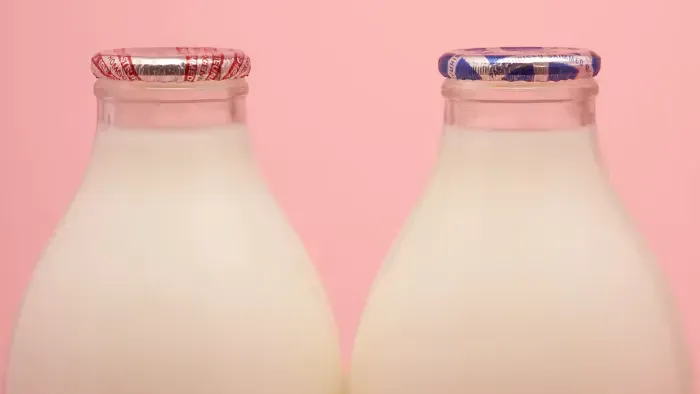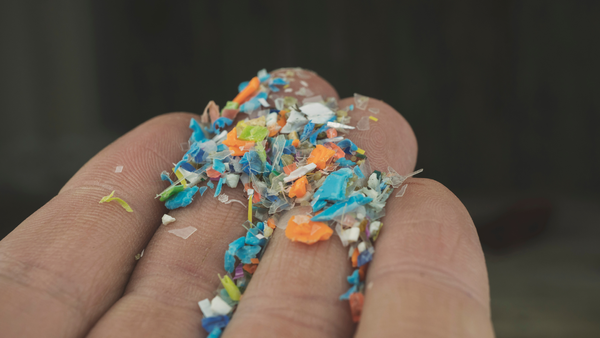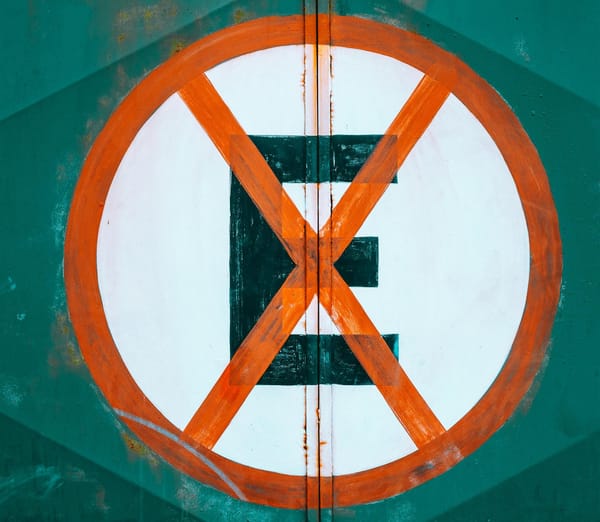Is the Postie the Missing Link of a Circular Consumer Economy?
Refill and reuse systems hold the potential to significantly curb our waste… if we can bridge the ‘valley of death’ currently preventing us from closing the loop at scale.

Refill and reuse systems are among the oldest circular solutions on the planet.
They're the OG.
Refill and reuse was how we transported and consumed commodities, products and groceries up until the 1950s. Many were still around when I was a kid in the 70s, when we'd leave out the milk bottles for the milkman and the crate of empty Shelley's drink bottles (all glass, of course).

Many companies in South America, Asia, and India still operate under a glass bottle return system, including Coca-Cola. In fact, a few years ago, when reuse was having a moment, Coca-Cola pledged to sell 25 percent of its beverage volume in a reusable format—whether in glass or plastic bottles or soda fountains—by 2030.
But in the shadow of the failed INC-5 plastic negotiations, and perhaps sensing a deflation of the ESG hype balloon, Coca-Cola scaled back its commitments to reducing plastic waste and abandoned its reuse target entirely.
These systems, once a cornerstone of localised economies, now struggle to keep pace with the demands of modern consumption culture. Our convenience and bottom-line-obsessed culture has prioritised single-use packaging over these quaint sustainable practices of the past.
From a business perspective, it seems madness (and a threat to shareholder value) to manage the return, wash and refill of a product when I can bottle my product in one country and then send it all over the world and not have to worry about where it ends up at end-of-life.
Reuse is often forgotten as a solution to our waste woes these days, sandwiched between Reduce and Recycle on the waste hierarchy.

But it wasn't always thus. Refill and reuse was having it's time in the sun a few years ago. Remember all those cup systems that seemed to be cropping up everywhere?
Most of them went broke. They just didn't make economic sense.
One owner I spoke to told me that he had to have at least three cups for each customer:
- 1 with the customer
- 1 in transit
- and 1 being washed
And there lies the Achilles heel of refill and reuse: Reverse Logistics
For circular solutions to scale, they must make economic sense
It's the return and refill stage of the value chain for these products that has proven to be the valley of death for these solutions.
Business-driven reverse logistics are often time-consuming, labour-intensive and expensive—not to mention the emissions from added transit.
For consumer-driven logistics, people must remember to take the items with them, or they could be too cumbersome to return to the store. Most people’s lives are too busy to collect packaging and pack it in a box to then take to the post office.
If we want to make refill and reuse to scale as a viable solution, they must make economic sense. And it's clear that we can't rely on singular companies to develop supply chain-level solutions on their own.
We need to look to existing systems and supply chains that we can piggyback on, tweak, and innovate on so we're not reinventing an entire wheel, just adding a tyre.
Is the postie the new milkman?
Most developed economies now have an incredibly efficient delivery system that delivers new products to your door a few days after you click 'Buy Now'.
And given that your postie then leaves your doorstep empty-handed, that's a lot of unused capacity that could be tapped for the reverse logistics of a whole raft of reuse and refill direct-to-consumer products.
Maybe, the trusted and iconic postie is the missing link that can close the loop.
I receive several postie and courier visits each day, and it would be a massive reduction in friction if they could also pick up packages each time.
Like the milk run of the old days, consumers could rinse and collect empty containers and pack them in standardised boxes with a pre-paid return sticker.
The postman could pick up any returns left in designated spots whenever he delivers a package to your address and pack them into his (admittedly larger) van, with a section designated for returns separate from the delivery section.
Challenges
For sure, it’s no small thing adding a whole other return capacity to the postie run. And I can think of some additional challenges, such as:
- Operational complexity
- Sorting and processing
- Standardisation of packaging and containers
- Hygiene and contamination
- Consumer participation (behaviour change is always an uphill battle)
- Accounting for transportation emissions (hopefully reducing over time with increasing electrification and automation)
- Regulatory compliance
There is also the added cost, of course, but Extended Producer Responsibility regulations would offset those costs and create a level playing field, with the cost of single-use options escalated due to landfill levies (that could then fund the development of these systems).
But none of these seem insurmountable. It is only a lack of will perpetuated by perverse market incentives that prevent us from developing better systems.
The days of single-use plastic are numbered, and we have to start thinking very big, very quickly, if we’re going to stay within our planetary boundaries.
As the Co-Founder of Re said,
“Consumers want the stuff inside the bottle. They don’t want the bottle anymore.” Jo-Anne Chidley (Co-Founder of Re)
But we can’t expect consumers and early-stage startups to do all the heavy lifting. Just like recycling and composting — we need our institutions and governments to invest in this kind of infrastructure if we’re ever going to close the loop on our materials economy.
Our waste problem is a design failure.. and a failure of imagination, with many of the solutions right under our noses.





